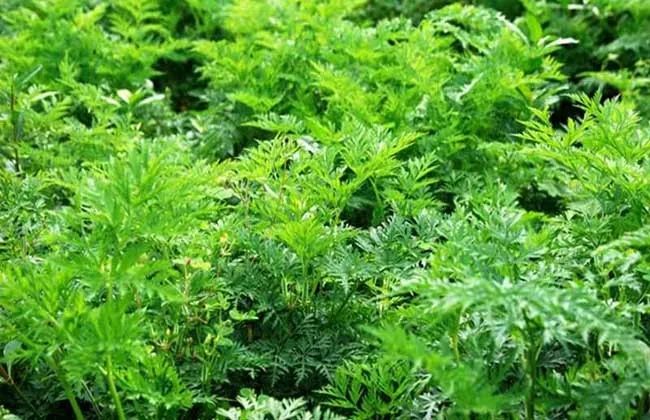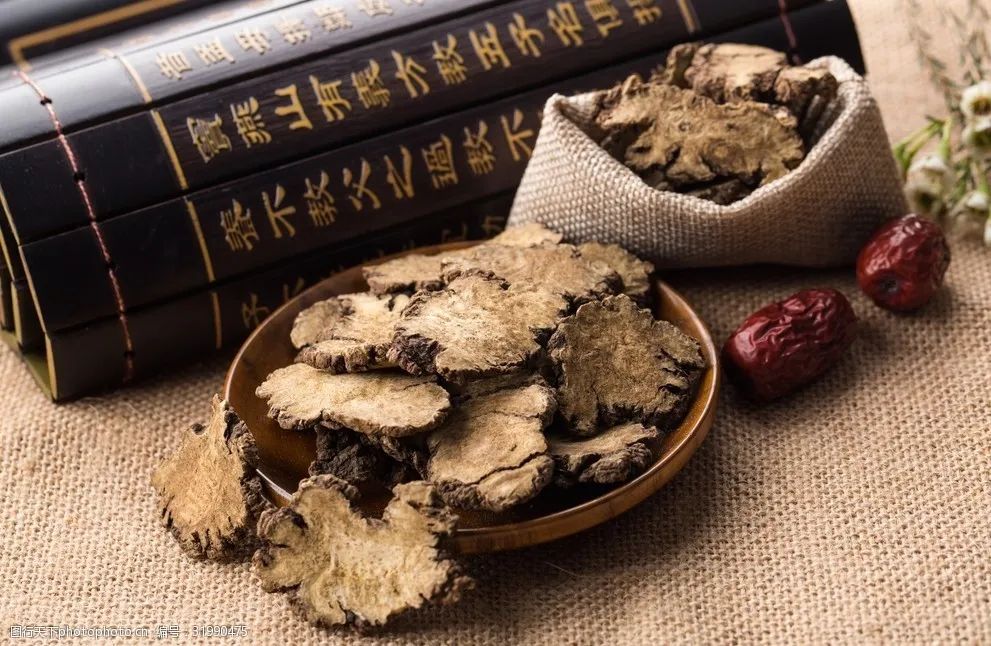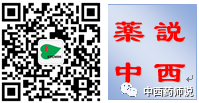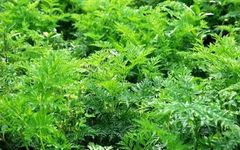Chuanxiong (Ligusticum Chuanxiong) is first recorded in the Shennong Bencao Jing (Shennong’s Classic of Materia Medica). The Rihua Zibencao states: “It treats all types of wind, all types of qi, all types of labor injuries, all types of blood issues, nourishes the five types of labor, strengthens tendons and bones, regulates the pulse, breaks up blood stasis, nourishes new blood, and expels pus and stagnant blood.” The Yixue Qiyuan mentions: “It nourishes liver blood, moistens liver dryness, and treats blood deficiency headaches.” The Bencao Gangmu states: “It dries dampness, stops diarrhea and dysentery, promotes qi, and relieves stagnation.”

【Source】Chuanxiong is the dried rhizome of the plant Ligusticum Chuanxiong, primarily produced in Sichuan, Guizhou, and Yunnan, with the best quality coming from Sichuan.
【Properties and Channels】Pungent, warm, enters the liver, gallbladder, and pericardium channels.
【Characteristics】This herb is pungent and warm, dispersing and moving, entering the blood and qi, ascending to the head and descending to the blood sea. It is effective in activating blood and promoting qi, dispelling wind, and alleviating pain. It treats blood stasis and qi stagnation-related pains, especially suitable for cold conditions, and has been praised by predecessors as the “qi herb in the blood.”
【Functions】Activates blood, promotes qi, dispels wind, and alleviates pain.
【Indications】
1. Irregular menstruation, dysmenorrhea, amenorrhea, difficult labor, and postpartum abdominal pain due to blood stasis.
2. Chest obstruction and heart pain, rib pain, limb numbness, traumatic injuries, and painful sores and swellings.
3. Headaches and rheumatic pain. (Headaches due to wind-cold and blood stasis are best treated with Chuanxiong; for wind-heat, wind-damp, and blood deficiency headaches, it can be selected according to the symptoms, hence the saying “headaches are never far from Chuanxiong.”)

【Clinical Applications】
1. For treating liver qi stagnation causing rib pain, dysmenorrhea, and irregular menstruation, it is often combined with Chaihu (Bupleurum) and Xiangfu (Cyperus), such as in the Chaihu Shugan San formula. Chuanxiong is pungent and warm, functions to activate blood and promote qi, and alleviate pain, ascending to the head and descending to the blood sea; Chaihu is bitter, pungent, and slightly cold, good for soothing the liver and relieving stagnation; Xiangfu is pungent and neutral, good for soothing the liver, regulating qi, and alleviating pain. The combination of these three herbs both soothes the liver and relieves stagnation while activating blood.
2. For treating chest pain due to blood stasis obstructing the heart vessels, it is often used with Danshen (Salvia miltiorrhiza), Guizhi (Cinnamon twig), and Tanxiang (Sandalwood);
3. For treating chest pain with stabbing sensations due to qi stagnation and blood stasis, it is used with Taoren (Peach kernel), Honghua (Carthamus), etc., to enhance blood activation and stasis resolution, such as in the Xuefu Zhuyu Tang formula.
4. For treating traumatic injuries with swelling and pain due to blood stasis, it can be combined with Ruxiang (Frankincense), Moyao (Myrrh), and Sanqi (Notoginseng) to activate blood, relieve pain, and reduce swelling.
5. For treating blood stasis amenorrhea and dysmenorrhea, it is often used with Chishaos (Red peony root), Taoren, etc., such as in the Xuefu Zhuyu Tang; for blood deficiency with cold congealing and blood stasis obstructing, postpartum lochia not flowing, and cold pain in the lower abdomen, it can be combined with Danggui (Angelica sinensis), Taoren, and Paojiang (Dry ginger) to nourish blood, dispel stasis, warm the channels, and alleviate pain, such as in the Shenghua Tang; for treating early or delayed menstruation, it can be combined with Yimucao (Motherwort), Danggui, etc., such as in the Yimushengjindan formula.
6. For treating headaches.
Regarding the application of Chuanxiong in treating migraines, ancient medical texts have many records. The Yixue Qiyuan states: “For headaches, Chuanxiong must be used. If not effective, add guiding herbs.” The guiding herbs include Manjingzi (Vitex), Baizhi (Angelica dahurica), Chaihu, Cangzhu (Atractylodes), Xixin (Asarum), and Wuzhuyu (Evodia), indicating that Chuanxiong is indispensable for treating migraines, while also considering the six meridian differentiation and adding guiding herbs.
For treating exterior wind-cold headaches, it can be combined with Qianghuo (Notopterygium), Baizhi, and Xixin, such as in the Chuanxiong Chajiao San formula (from the Taiping Huimin Heji Ju Fang), where Chuanxiong is pungent and warm, dispersing, activating qi and blood, dispelling wind, and alleviating pain, making it a key herb for various meridian headaches, especially effective for Shaoyang and Jueyin headaches, i.e., headaches at the back of the head or on both sides. For treating wind-heat headaches, it can be combined with Juhua (Chrysanthemum), Shigao (Gypsum), and Jiangcan (Silkworm), such as in the Chuanxiong San. For treating wind-damp headaches, it can be combined with Qianghuo, Duhuo (Angelica pubescens), and Fangfeng (Saposhnikovia), such as in the Qianghuo Shengshi Tang. For treating blood deficiency headaches, it can be used with Danggui and Baishao (White peony), such as in the Jiawei Siwu Tang (from the Jinkui Yiyao). For treating blood stasis headaches, it can be used with Chishaos and Shexiang (Musk), such as in the Tongqiao Huoxue Tang (from the Yilin Gai Cuo).
【Precautions】Chuanxiong is pungent and warm, thus it is not suitable for those with yin deficiency and excess fire, qi deficiency with profuse sweating, qi counterflow with vomiting, excessive menstruation, and bleeding disorders.
 Traditional Chinese Medicine Pharmacy, Zhu Jing
Traditional Chinese Medicine Pharmacy, Zhu Jing

